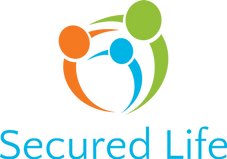Once your child is enrolled in a post-secondary education program, the income earned from your RESP can be withdrawn along with the government grants in the form of Education Assistance Payments (EAPs). Since EAPs are paid directly to the student, there will be little or no tax to pay. RESP allows you to save up to $50,000 as a tax-deferred investment, which could be higher than the available amount in your TFSA. In addition to that you receive the benefits of the government grants. If you contribute the maximum amount per child, you will maximize the tax-deferred benefit of an RESP.
There are even tax benefits if there is any remaining income in your plan or if your child decides not to pursue a post-secondary education:
Your net contributions are returned to you tax-free
Some or all income accumulated in your plan may be returned as an Accumulated Income payment or rolled over into a Registered Retirement Savings Plan (RRSP) provided you have the contribution room.
Up to 15% Bonus deposited at the maturity by the RESP company. This is in addition to the Government grant.

